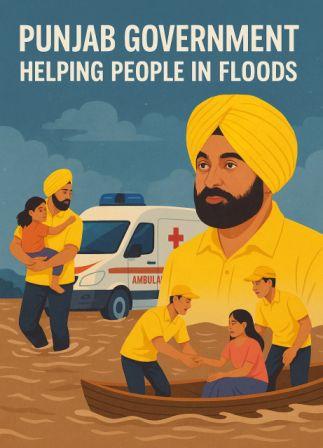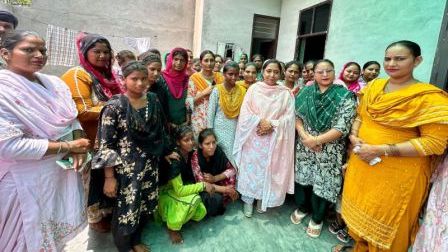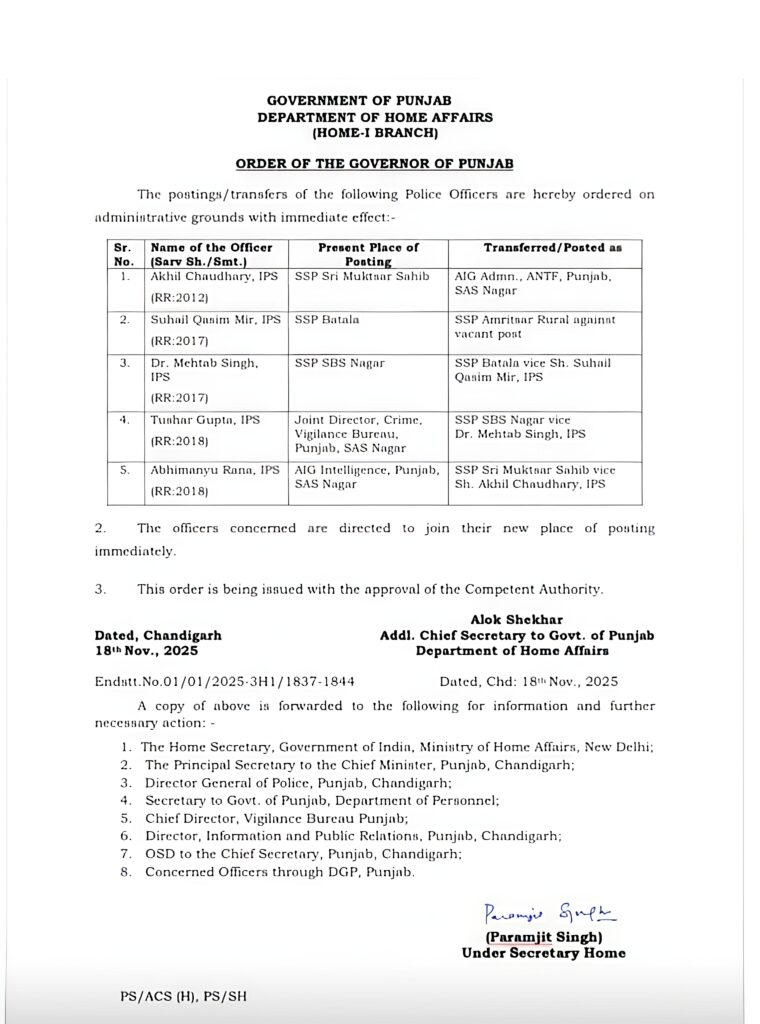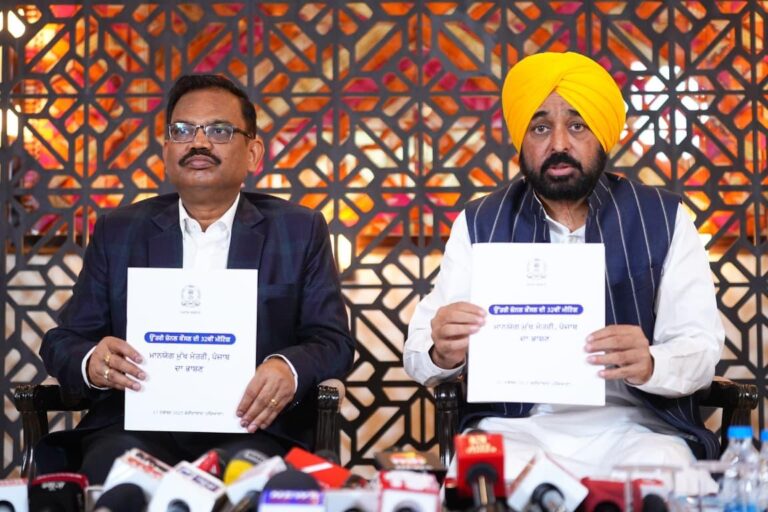
Punjab's flood relief efforts are gaining momentum. Learn about the government's initiatives to restore normalcy."
The Punjab government is working tirelessly to rebuilding and restore the state after the floods. Punjab’s health camps treated a total of 13,318 patients through 1,035 camps. These included 1,423 patients with fever, 303 with diarrhea, 1,781 with skin diseases, 811 with eye-related problems, and several others with different illnesses. This is proof of the government’s medical system being alert and ready in the face of rapidly spreading diseases. The health camps not only provided treatment but also set a new example in disease tracking and better management. On the issue of damaged homes and displaced people, ASHA workers surveyed 1,079 villages and provided relief material, shelter, and essential support to 46,243 families.
The authorities provided special health kits to approximately 12,524 families, fulfilling their vital daily requirements. They treated 863 fever patients promptly, thereby mitigating the risk of widespread outbreaks. In the direction of reconstruction too, the government has shown remarkable speed. Government agencies ensured cleaning in 1,363 villages, sanitation of 49,806 homes, and immediate removal of debris/waste from 624 houses. Repairs and cleaning work in another 15,368 homes was also completed.
Rebuilding : Punjab’s Road to Recovery: Flood Relief Efforts
The authorities implemented a new system for cleaning drains, roads, water removal, and waste management, which largely controlled post-flood infections and foul smells. They carried out active tracking and fogging/disinfection activities in 834 villages to combat diseases like dengue, malaria, and chikungunya.The relief and rehabilitation campaign received strong support from the people, sending out a message of social unity. Punjab government teams coordinated with the local administration and medical staff. They initiated effective awareness campaigns and medicine distribution. Sanitation drives and emergency medical response became a reality on the ground in flood-affected areas.
The authorities organized relief operations across the state with equal speed and efficiency as the situation evolved. They are digitally tracking every action, prioritizing transparency above all else. From health department monitoring to the fast pace of ground-level relief, the government has proved that the safety and health of the people are paramount—no matter how challenging the circumstances may be. Because of these efforts, the process of bringing Punjab back to normal has gained speed.
Ultimately, the government’s initiatives have led to widespread appreciation due to their comprehensive approach to providing relief to every citizen, preventing the spread of diseases, and maintaining transparency in the rehabilitation and reconstruction phases.” The Punjab government’s policies have truly become an example for the whole country. The efforts of its ground-level administrative teams have been successful. They prove their worth during tough times like floods. “Alert administration and strong Punjab” is not just a slogan. It is a reality. Moreover, the Punjab government’s hard work is truly evidenced by the data and records shared with the public.The Punjab government is working tirelessly to rebuilding and restore the state after the floods.





